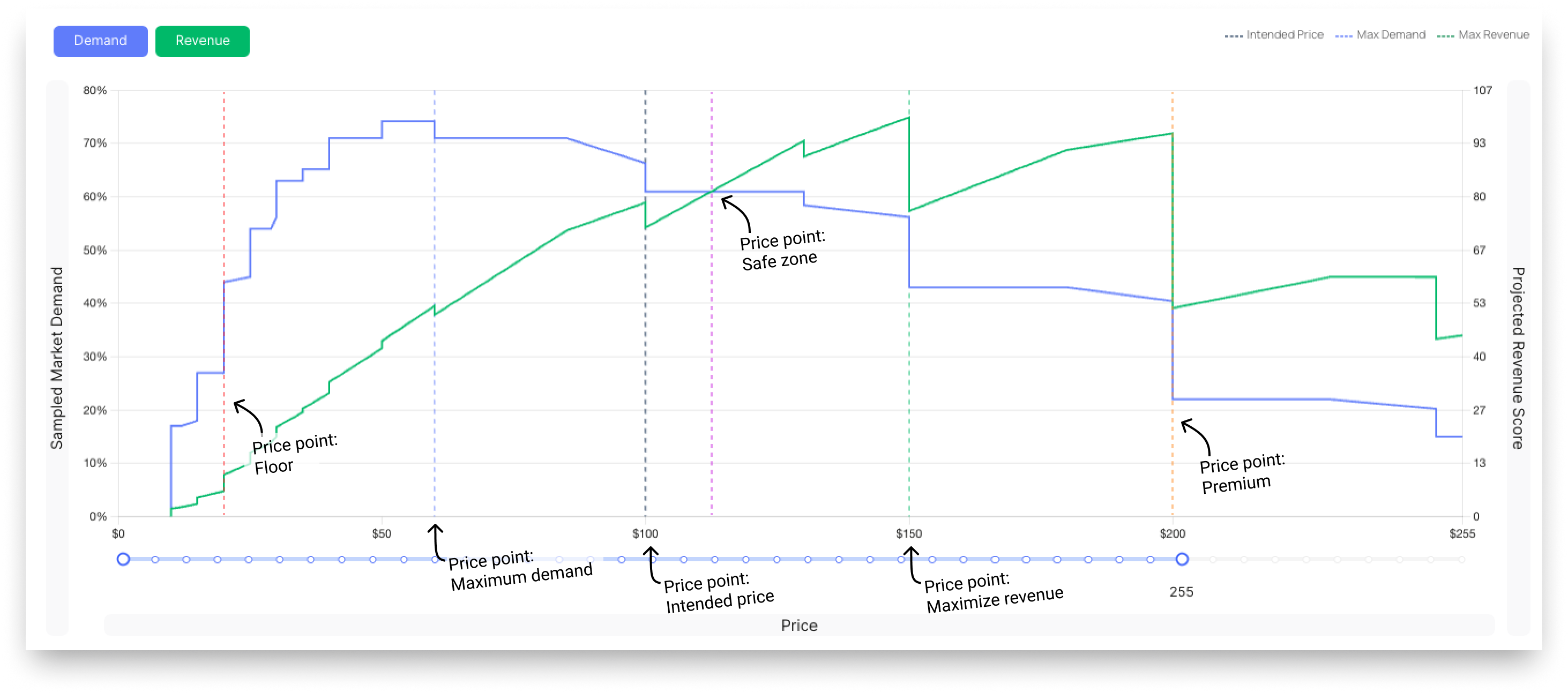Price Points
The Strategic Role of Price Points
Different price points serve distinct strategic purposes in business, moving beyond a single, universal price. Different price points serve various strategic purposes, acting as powerful tools to achieve specific business objectives. Instead of a one-size-fits-all approach, a company might use a low price point to attract a large customer base and gain market share, or a high price point to create a sense of exclusivity and premium brand positioning. A price might be set to cover only costs and encourage rapid sales, or it could be strategically inflated to maximize profit margins on each unit sold. By using a range of price points, a business can effectively target different customer segments, adapt to changing market conditions, and ultimately achieve its desired financial or market-related goals. This is why Priceagent suggests a range of price points, to ensure you have the data needed for your specific business eneds.
Suggested Price Points
Priceagent will recommend several price points based on the survey results. Depending on your product or business goals, different price points may be the most suitable option for you. Here is how you can find & interpret them:
Intended Price
The intended price set for this survey. This is the initial price point established when creating this price study. It serves as the baseline for comparing all other recommended prices and their performance metrics.
Maximize Demand
This is the ideal price for attracting the largest audience. This price point is predicted to generate the highest sales volume by appealing to the broadest customer base. It is your price for maximum reach and market penetration.
Maximize Revenue
Represents the highest dollar amount per product that maximizes your total revenue. It is the precise price point that achieves the optimal trade-off between the selling price and the volume of demand.
Safe Zone
Value-Volume sweet spot. This price point represents the strategic intersection where the demand curve and the revenue curve cross. It is designed to balance aggressive revenue capture with the protection of essential sales volume, creating the most stable and predictable "safe zone" for growth.
Premium
Don't go above this point. This is the highest price you can realistically charge before a significant portion of your target market becomes unwilling to buy. This price point optimizes for a high-value perception and appeals to a select group of customers.
Floor
Don't go below this point. This is the lowest acceptable price for your product. Pricing below this point signals low quality and may damage your brand's value perception without significantly increasing demand. This price point should be considered a minimum to protect your brand and profitability.
Best Practices: Finding Price Points
Priceagent have collected a few tips and tricks to ensure you make the best pricing decisions possible.
Price right before price walls - never in the middle of a plateau. The demand line shows steps. Significant steps indicates price walls — specific price points where a large number of potential customers decide the product is too expensive. To maximize sales, you should price your product at the highest point before the next price wall, not in the middle of a demand plateau. This captures the most revenue from the current demand step.


